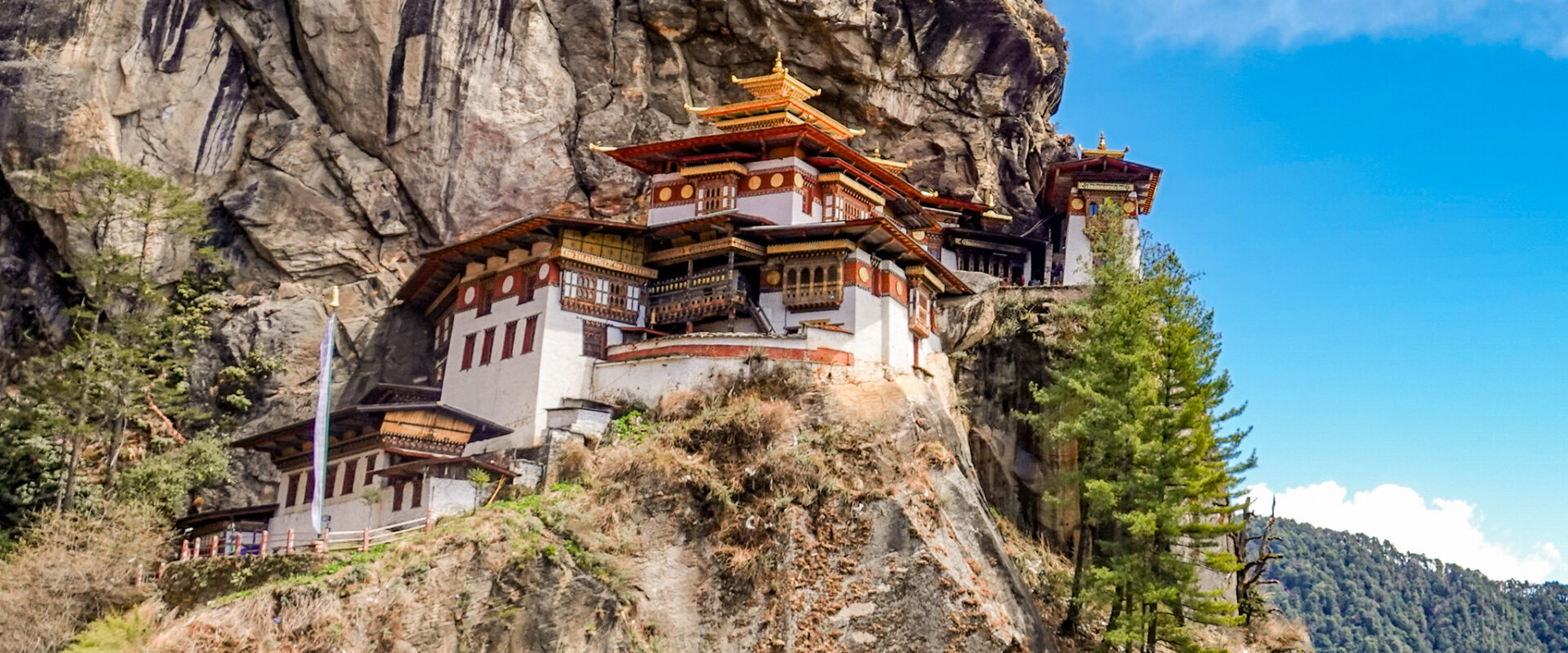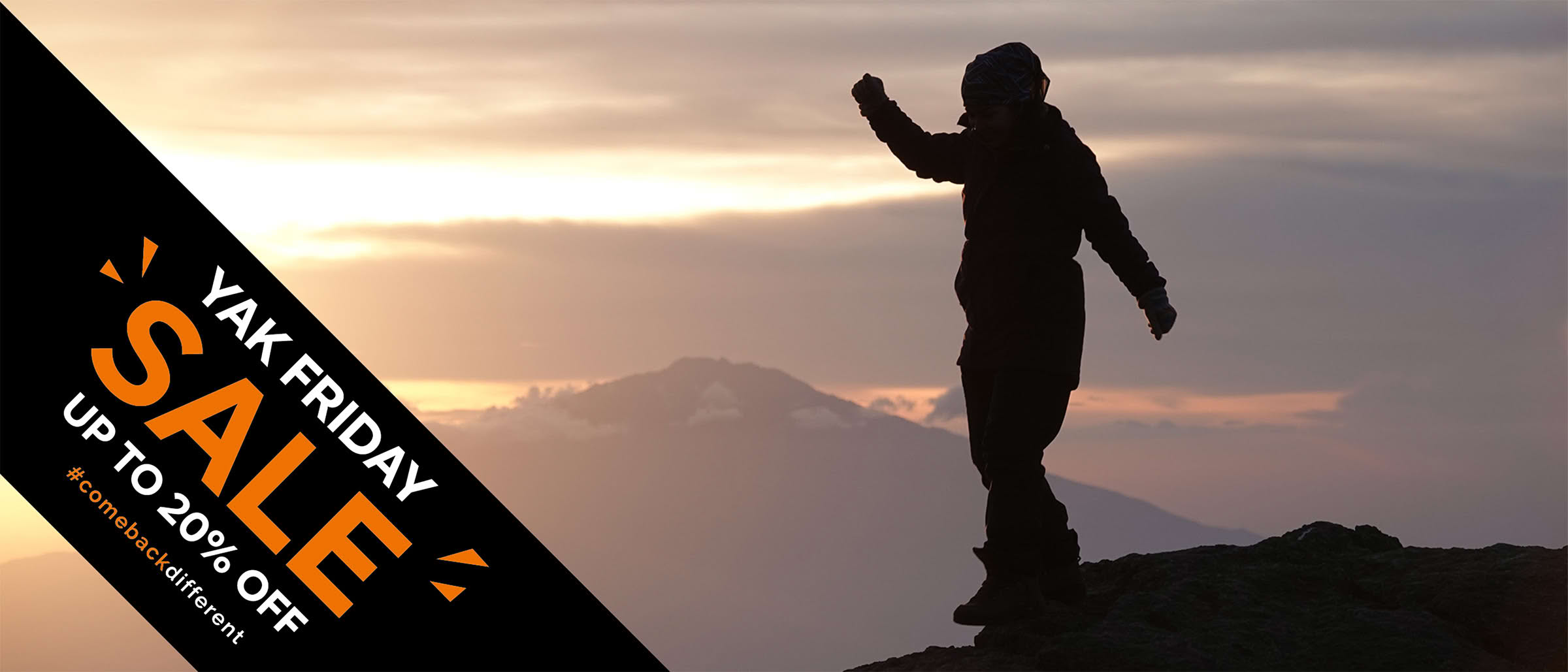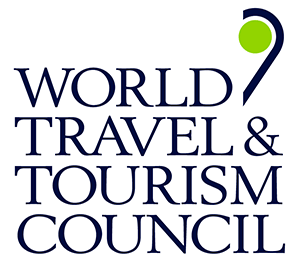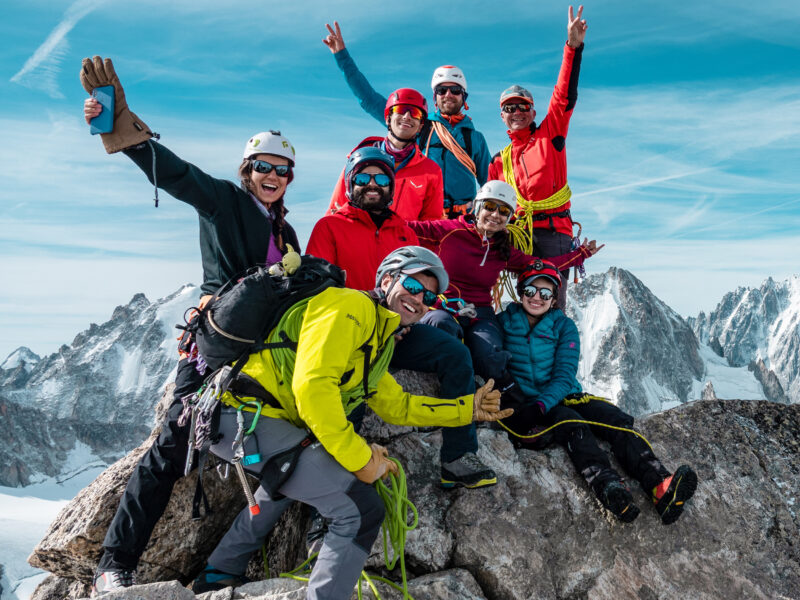BY Rami Rasamny | May 08 2025
How to Visit Bhutan

The Ultimate Guide to Exploring the Land of the Thunder Dragon
Tucked in the eastern Himalayas, Bhutan is a rare jewel of a destination, unspoiled, deeply spiritual, and fiercely protective of its traditions. Whether you’re drawn to its dramatic mountain trails, sacred temples, or its philosophy of Gross National Happiness, visiting Bhutan is unlike anywhere else on earth. Here’s everything you need to know before you go.
Getting to Bhutan: Flight Routes to Paro
Bhutan has only one international airport, Paro International Airport (PBH), a high altitude airport nestled in a deep valley and surrounded by towering peaks. Only a few pilots in the world are certified to land there, making the flight itself a memorable part of the adventure.
There are no long haul direct international flights to Bhutan. Visitors typically connect via one of the following regional hubs:
Bangkok (BKK) — Most frequent and convenient
Delhi (DEL) or Kolkata (CCU) — For those flying in from India
Kathmandu (KTM) — Offers breathtaking views of the Himalayas
Singapore (SIN) — The main Southeast Asian gateway
Dhaka (DAC) — An alternative for South Asia based travelers
Bhutan’s national carriers Druk Air and Bhutan Airlines operate these routes.
How to Get a Bhutan Visa
Bhutan operates on a unique tourism model that emphasizes quality over quantity, and independent travel is not permitted. All visitors (except Indian, Bangladeshi, and Maldivian nationals) must obtain a Bhutanese visa in advance and book their trip through a registered Bhutanese tour operator or a partner international agency.
Visa Process:
- Choose a licensed tour operator and confirm your itinerary
- Pay the trip cost, which includes accommodation, transport, guide services, meals, and the Sustainable Development Fee (SDF)
- The tour operator submits your visa application
- You receive an e-visa clearance letter, usually within 5 to 10 working days
- Present your visa clearance at the airport, and the visa is stamped upon arrival
As of 2025, the SDF is USD 100 per person per night, contributing to Bhutan’s sustainability goals.
Must See Places and Cultural Events
Bhutan may be small, but it is rich in sights, symbolism, and spiritual landmarks. These are the key highlights:
Paro Taktsang (Tiger’s Nest Monastery)
A sacred cliffside monastery perched 3,000 feet above the Paro Valley. A pilgrimage for locals and a must visit for travelers.
Thimphu
Bhutan’s capital, where modern life meets tradition. Visit the Memorial Chorten, Buddha Dordenma (a massive golden Buddha statue), and the weekend market.
Punakha Dzong
Arguably the most beautiful fortress in Bhutan, set between two rivers and surrounded by jacaranda trees in spring.
Phobjikha Valley
A glacial valley home to the endangered black necked cranes and a sanctuary of peace.
Bumthang
The spiritual heartland of Bhutan, rich in ancient temples and rural charm.
Don’t Miss These Festivals (Tshechus):
Paro Tshechu (March to April) — Colorful dances and mask performances
Thimphu Tshechu (September to October) — The largest festival in the capital
Jambay Lhakhang Drup (October to November) — Includes the unique fire blessing ceremony
Adventure in Bhutan
For adventure lovers, Bhutan offers experiences that blend adrenaline with awe:
Trekking: Try the Druk Path Trek (5 to 6 days), the scenic Jomolhari Trek, or the legendary Snowman Trek, one of the toughest in the world
Mountain Biking: Ride past rice paddies, forested hills, and monasteries
Rock Climbing and Bouldering: Available in Paro and Thegchog
Wellness and Meditation Retreats: Deepen your experience in Bhutan’s serene temples or dedicated wellness lodges
Cultural Hikes and Horseback Rides: Especially common in Bumthang and rural areas
Bhutan Travel Etiquette: The Dos and Don’ts
Bhutan is deeply rooted in tradition and spirituality. To be a respectful guest, keep these in mind:
Dos
- Dress modestly, especially when visiting dzongs or temples
- Walk clockwise around religious monuments and structures
- Greet locals with a warm smile or a slight bow
- Listen attentively when guides explain cultural or religious contexts
- Ask before photographing people, especially monks
Dont’s
- Do not point your feet at religious icons or altars
- Avoid smoking in public as it is banned in most places
- Do not touch sacred objects or murals
- Avoid tipping with your left hand
- Do not enter temples without your guide unless explicitly allowed
Final Word
A trip to Bhutan is not just a holiday. It is a journey into a culture that values meaning over material and nature over noise. Whether you are exploring its monasteries, trekking through remote valleys, or taking part in a local festival, Bhutan will leave a lasting imprint on your heart.
Come with curiosity. Leave with perspective.
About The Author
Rami Rasamny is the founder of Life Happens Outdoors, a premium adventure travel community dedicated to transforming lives through curated outdoor experiences. A mountaineer and entrepreneur, Rami has led teams on some of the world’s most challenging peaks, from the Alps to the Himalayas. His mission is to make adventure accessible, transformative, and safe for all who seek to push their limits and Come Back Different.
About Life Happens Outdoors
At Life Happens Outdoors, we believe in the power of nature to transform lives. As proud members of the Adventure Travel Trade Association (ATTA) and the World Travel & Tourism Council (WTTC), our team of certified guides and outdoor professionals is committed to the highest standards of safety, sustainability, and excellence.
Discover more about our story and mission on our Meet LHO page, or explore our curated adventures such as the Tour du Mont Blanc Trek, the Climb of Kilimanjaro, and Chasing the Northern Lights.















